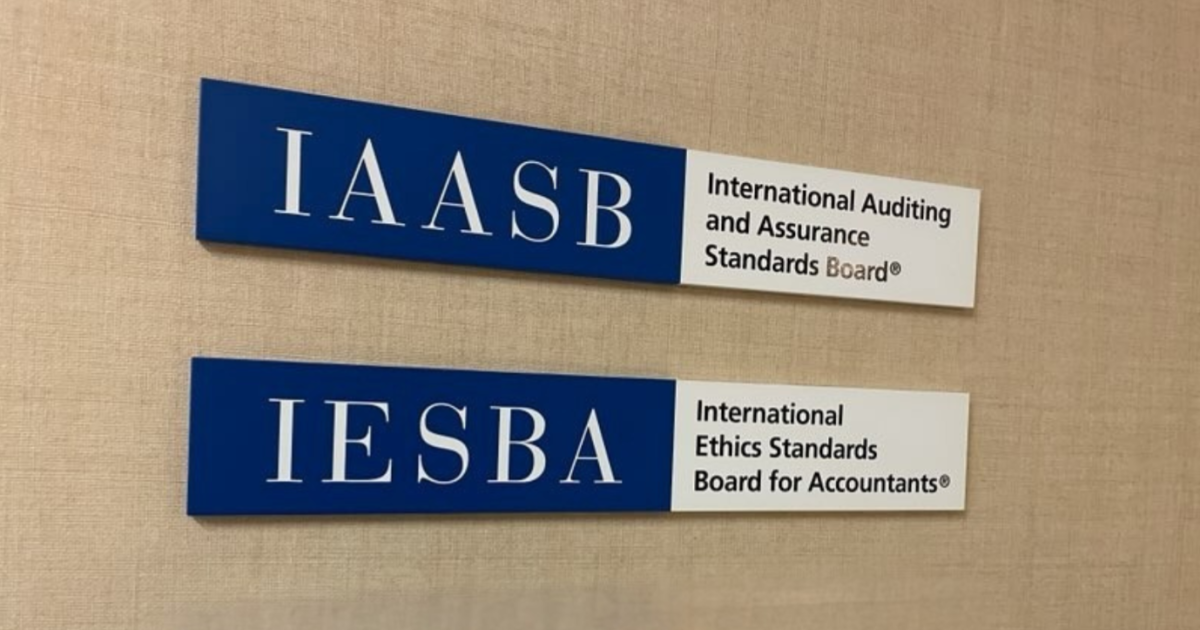The Internal Revenue Service issued final regulations for sales and exchanges of digital assets on the new Form 1099-DA for decentralized finance brokers, along with transition relief.
The requirements for decentralized finance companies start on or after Jan. 1, 2027, two years later than the rules for centralized exchanges and platforms. The new rules are expected to generate a deluge of Form 1099-DA information reporting to the IRS from cryptocurrency brokers, traders, banks, wallet hubs and taxpayers starting on Jan. 1, 2025.
The IRS and the Treasury decided to delay the initial requirements for DeFi brokers for two years until the beginning of 2027 in response to feedback on the original proposed regulations.
“Although the applicability date proposed by the proposed regulations applied to gross proceeds reporting for sales of digital assets effected on or after January 1, 2025, the Treasury Department and the IRS agree that a delay is warranted for trading frontend service providers treated as brokers (DeFi brokers) under these final regulations,” said the final regs, issued last Friday. “First, many of these DeFi brokers may not have systems in place to collect and store customer identity information or contracts with third-party service providers to do the same. Second, many of these DeFi brokers also may not have systems in place to collect, store and report customer transaction information or contracts with third-party service providers to do the same. Third, many of these DeFi brokers also do not have backup withholding systems that would enable these brokers to backup withhold and pay the backup withholding tax in cash. Based on these considerations, final §1.60451(a)(21) applies to sales of digital assets occurring on or after January 1, 2027.”
There were other changes as well from the proposed regulations, according to Jessalyn Dean, vice president of tax information reporting at Ledgible, a provider of crypto tax and accounting software, in a LinkedIn post.
“The broad definition of Digital Asset Middleman has been significantly reduced from the proposed regulations to only apply to ‘Trading Front-End Services’ with further clarity and examples provided,” she wrote. “This removes from the definition of broker blockchain application layers, blockchain protocols, internet service providers and other kinds of possible providers in decentralized sales of digital assets that are not a Trading Front-End Service (a newly defined term detailed in the blog). The IRS estimates that between 650 and 875 digital asset providers will meet the definition of being such a Digital Asset Middleman.”
The IRS said it intends to work closely with stakeholders to ensure the smooth implementation of the reporting rules, including the mitigation of penalties in the early stages of implementation for all but particularly egregious cases involving intentional disregard of these rules. To promote industry readiness to comply with the backup withholding requirements that will apply to newly required reporting required by these final regulations, the IRS is issuing Notice 2025-3 in conjunction with the final regulations to provide transitional relief from broker reporting penalties and backup withholding under section 3406 on these sales. The notice postpones the effective date for backup withholding until Jan. 1, 2028, for potential backup withholding obligations imposed under section 3406 for payments required to be reported by DeFi brokers on Forms 1099-DA, Digital Asset Proceeds from Broker Transactions, for sale transactions.
In addition, the notice says the IRS won’t impose penalties for a DeFi broker’s failure to deduct, withhold and pay any backup withholding tax with respect to calendar year 2028 that’s caused by a decrease in the value of received digital assets between the time of the transaction giving rise to the backup withholding liability and the time the broker liquidates 24% of the received digital assets, provided the broker undertakes to effect that liquidation immediately after the transaction giving rise to the backup withholding liability. For sale transactions effected in 2028 for customers that have opened accounts with the broker prior to Jan. 1, 2028, the notice further says backup withholding won’t apply with respect to any payee that furnishes a Taxpayer Identification Number to the broker, whether or not on a Form W-9 in the manner required, provided the broker submits that payee’s TIN to the IRS’s TIN matching program and receives a response that the TIN furnished by the payee is correct.
Landmark moment
There’s no exemption from the reporting of cost basis information specifically carved out for DeFi providers, Dean noted, but in most cases these Trading Front-End Services won’t be providing custodial services, so the sales they need to report aren’t covered assets. Only gross proceeds reporting will be required in such cases, she added.
Nevertheless, she sees this as a “landmark moment for the DeFi industry,” although lawsuits have already been filed to stop the rules.
“The collection of personal data about customers, tax withholding and tax reporting to the IRS is a landmark moment for the DeFi industry which will have huge implications through its fabric of existence,” she wrote. “It is uncertain how lawsuits against the U.S. Treasury and IRS will impact these regulations, including any flaws in technical DeFi ecosystem understanding that the final regulations may have relied upon. Lawsuits have already been filed by the Blockchain Association. More lawsuits could be filed in the coming weeks.”
The overturning of the Chevron doctrine by the U.S. Supreme Court in the case of Loper Bright Enterprises v. Raimondo in June, and the change in the presidential administration, will also likely have an impact on these regulations, she noted, as well as other pending guidance, and the adoption of the crypto asset reporting framework by the U.S.
Carveouts in the regs
There are also some carveouts in the final regulations for the definitions of who has to report.
“The rules focus on defining the term digital asset middleman, focusing on persons that provide an effectuating service,” wrote Miles Fuller, senior director of government solutions at TaxBit, a provider of crypto tax and accounting compliance technology, in a LinkedIn post. “An effectuating service is any service that is a trading front-end service where the type of arrangement means the provider would know or is in a position to know whether the nature of the transaction involved gives rise to reportable gross proceeds from the sale of digital assets. A trading service front end means a user interface that enables a user to input order details and transmit those order details to an automated protocol that is part of a distributed ledger network. This seems to focus on persons who operate websites that enable users to connect to digital asset trading protocols.”
He noted that this turns on whether the person has control or sufficient influence — the standard set forth by the Organization for Economic Cooperation and Development back in 2019 — over the trading front end-service. That includes the ability to amend, update or otherwise affect the terms under which the services are provided; the ability to collect fees from the transaction flow, whether or not such fees are being collected; and the ability to track or receive confirmation back from the distributed ledger that the order was executed and posted to the ledger. Contractual restrictions not required by law will be disregarded when doing the analysis.
He noted that the rules expressly carve out two specific groups from the covered definition — validation services and wallet software providers.
“This aligns with Treasury’s statement to Congress in early 2022 that validators and wallet software providers would not be subjected to reporting,” said Fuller. “However, with respect to wallet software providers, Treasury does note that if a wallet software provider also provides effectuating services, it would be subject to reporting, but only with respect to the trading services. Finally, Treasury excludes from reporting any operator of a digital asset trading protocol that does not include effectuating services as defined in the rules. This last element seems to align with the Fifth Circuit’s opinion regarding Tornado Cash holding that immutable smart contracts making up blockchain protocols are generally not things that are owned or controlled by any person.”


 Economics1 week ago
Economics1 week ago
 Personal Finance1 week ago
Personal Finance1 week ago
 Blog Post7 days ago
Blog Post7 days ago
 Economics6 days ago
Economics6 days ago
 Economics1 week ago
Economics1 week ago
 Economics1 week ago
Economics1 week ago
 Economics6 days ago
Economics6 days ago
 Economics1 week ago
Economics1 week ago











